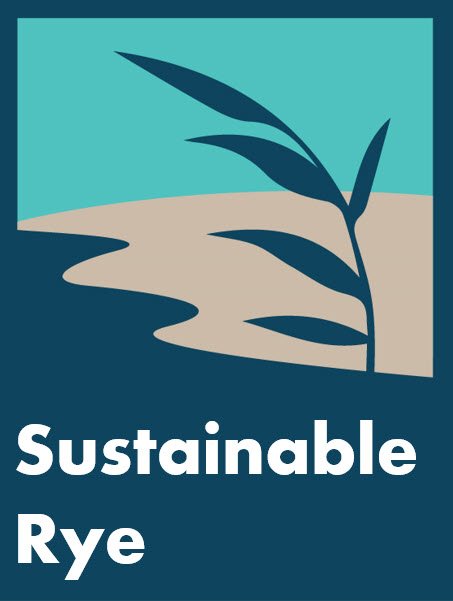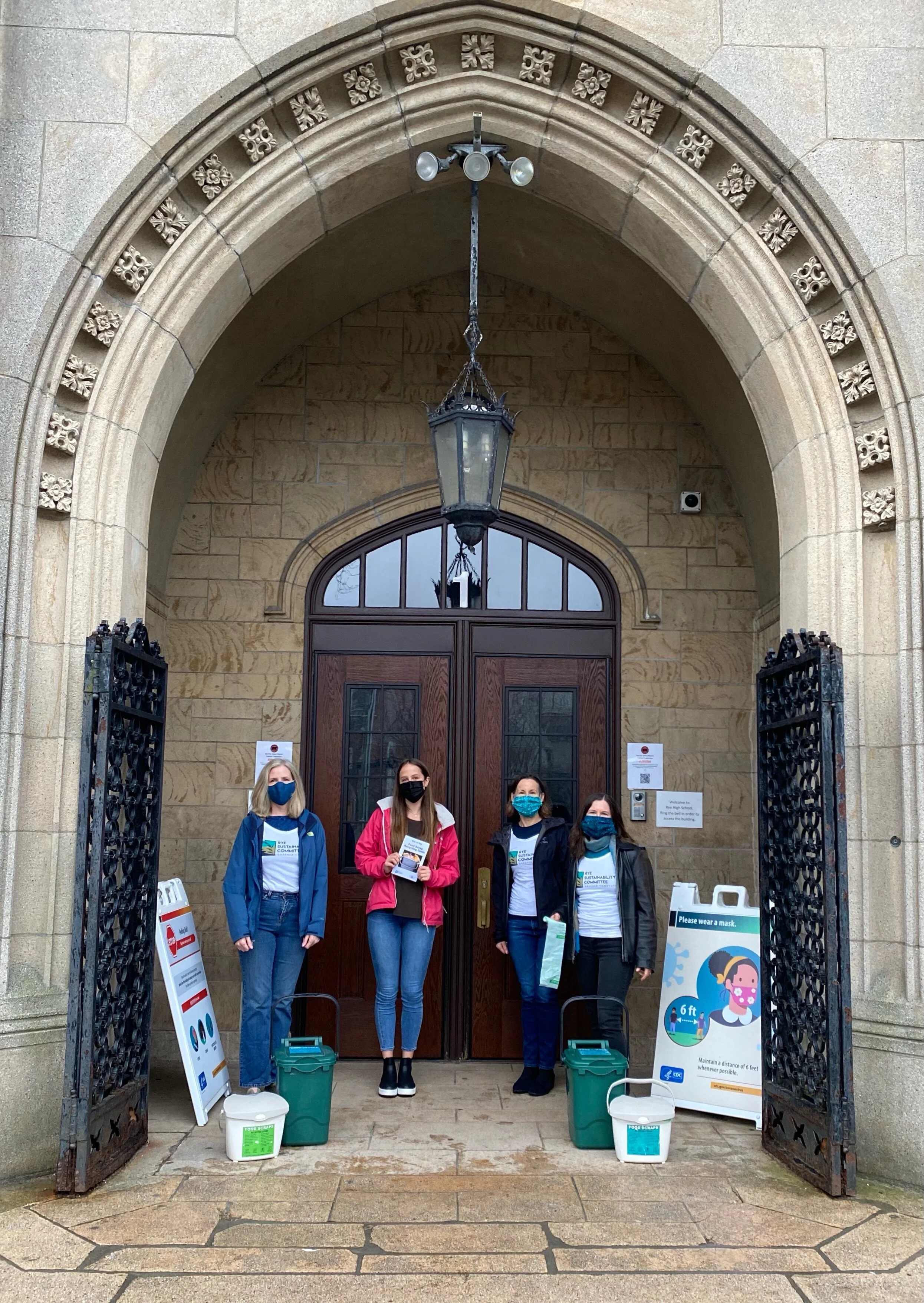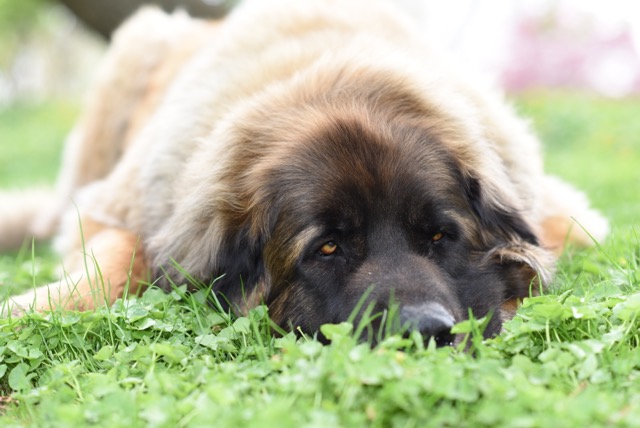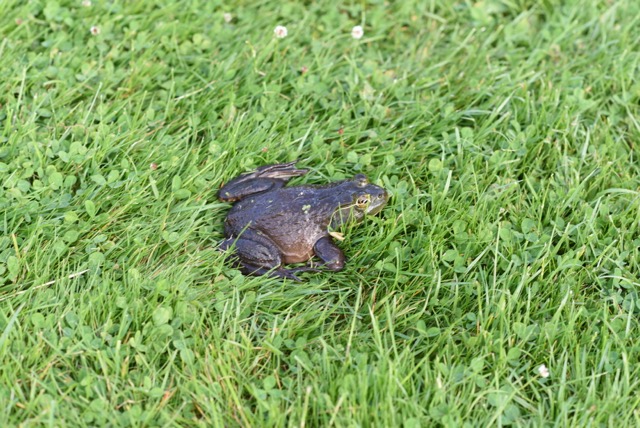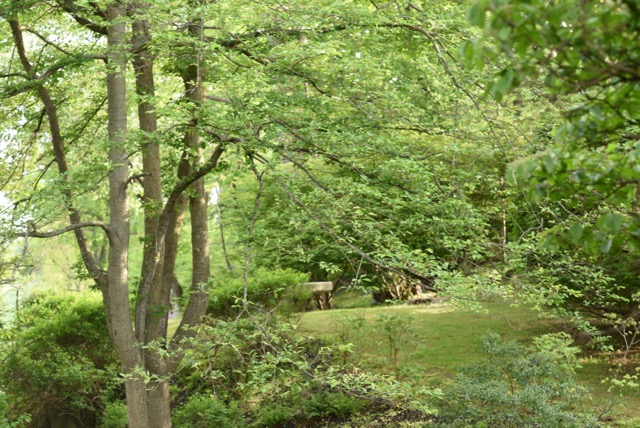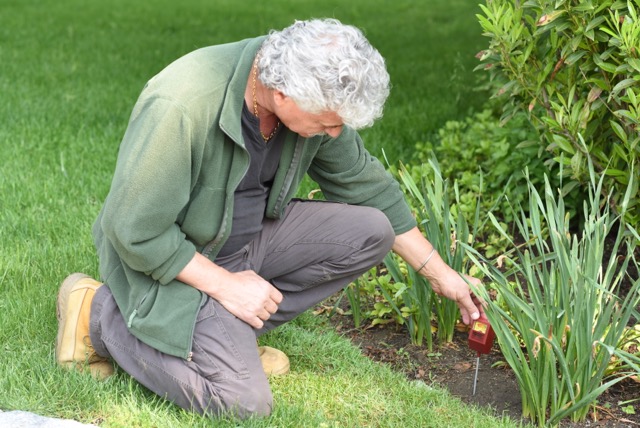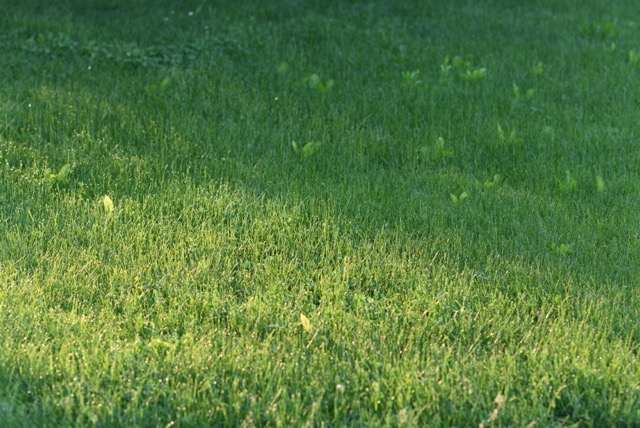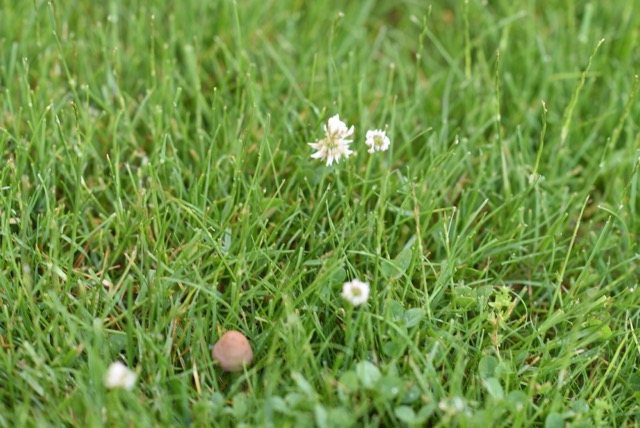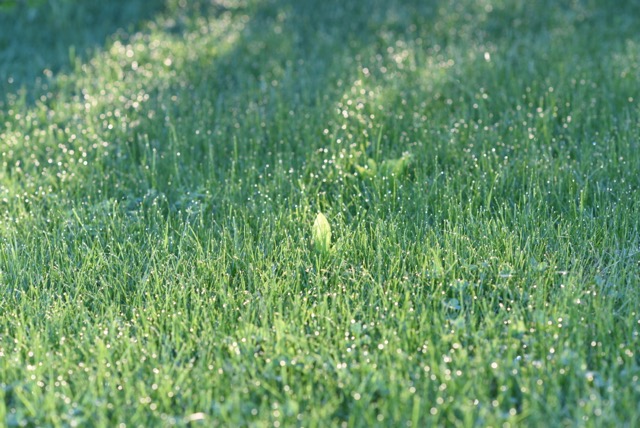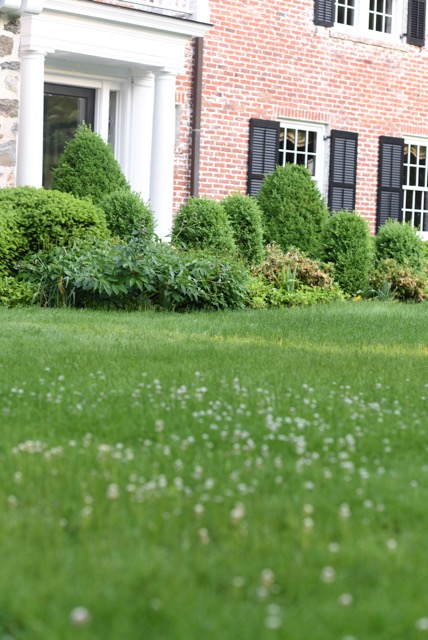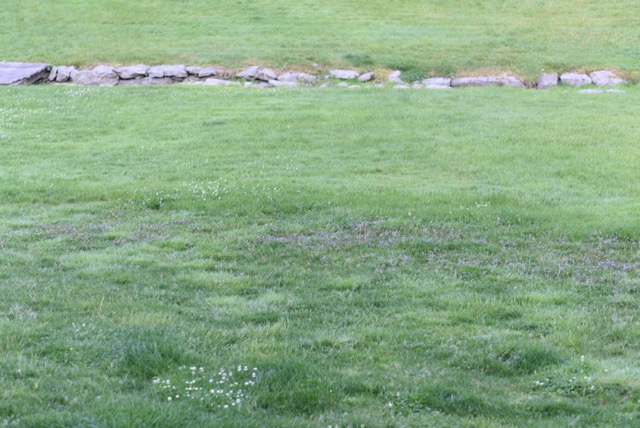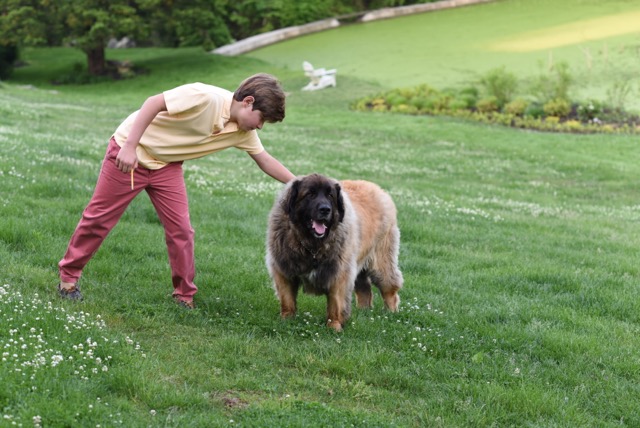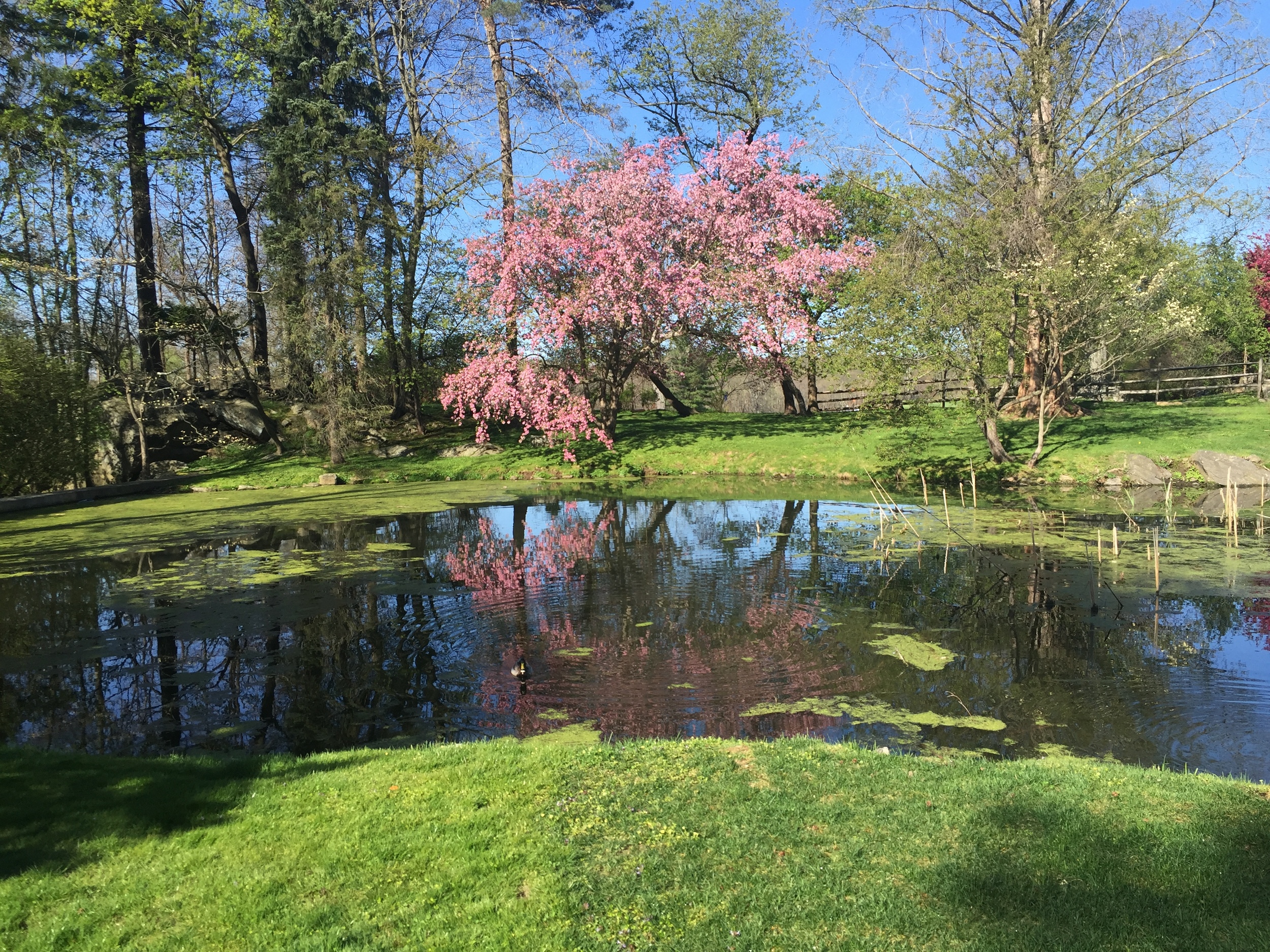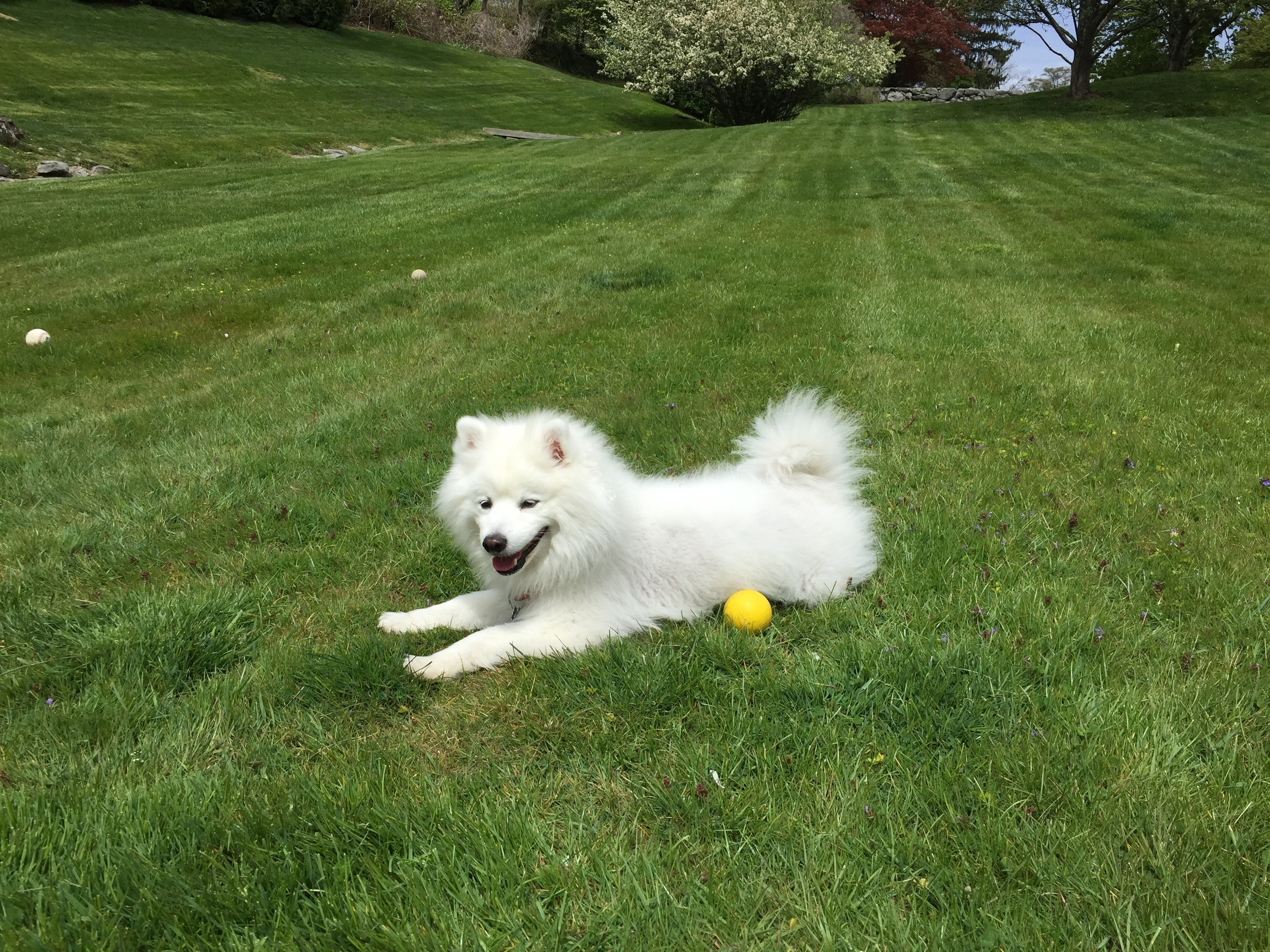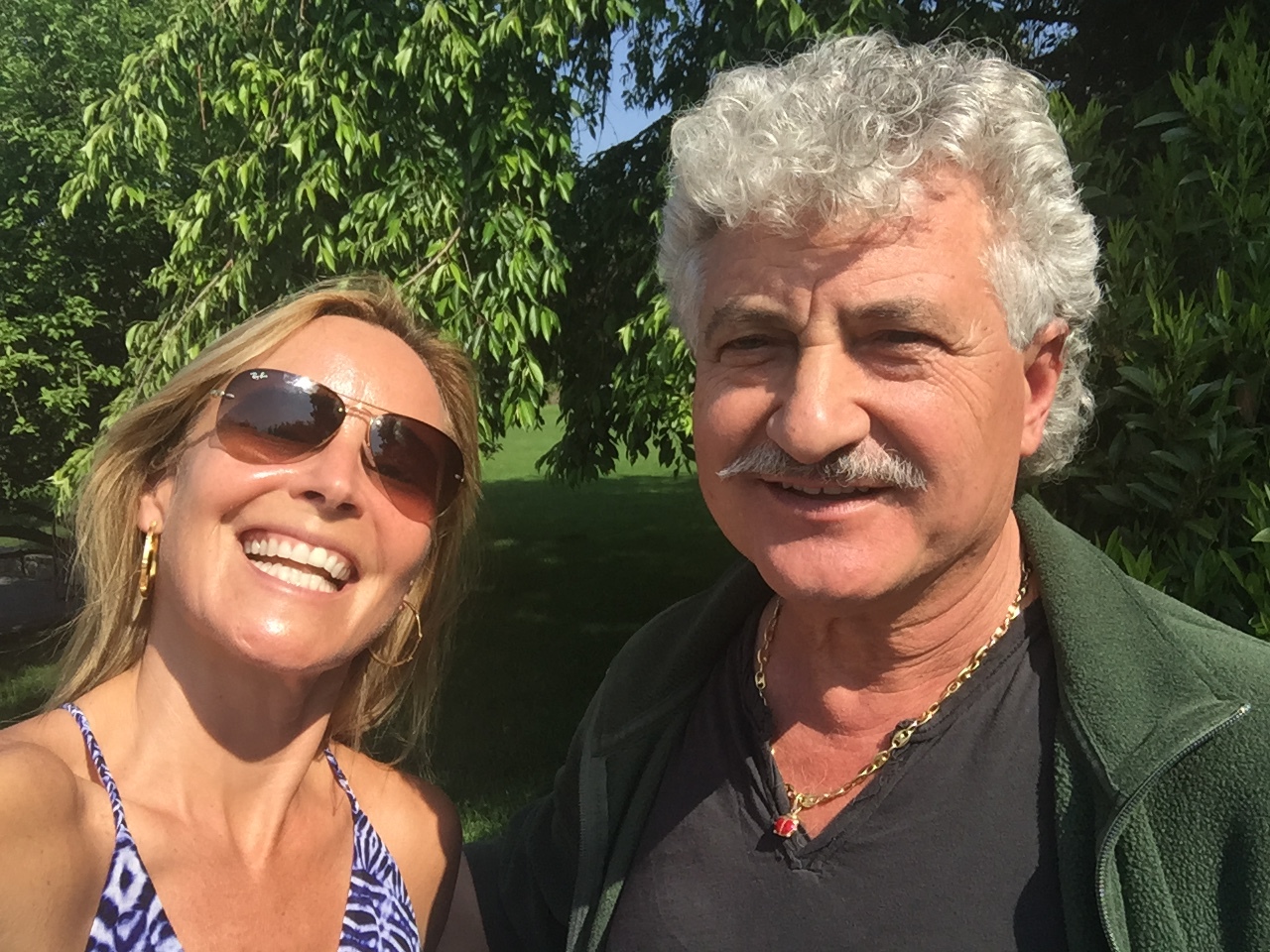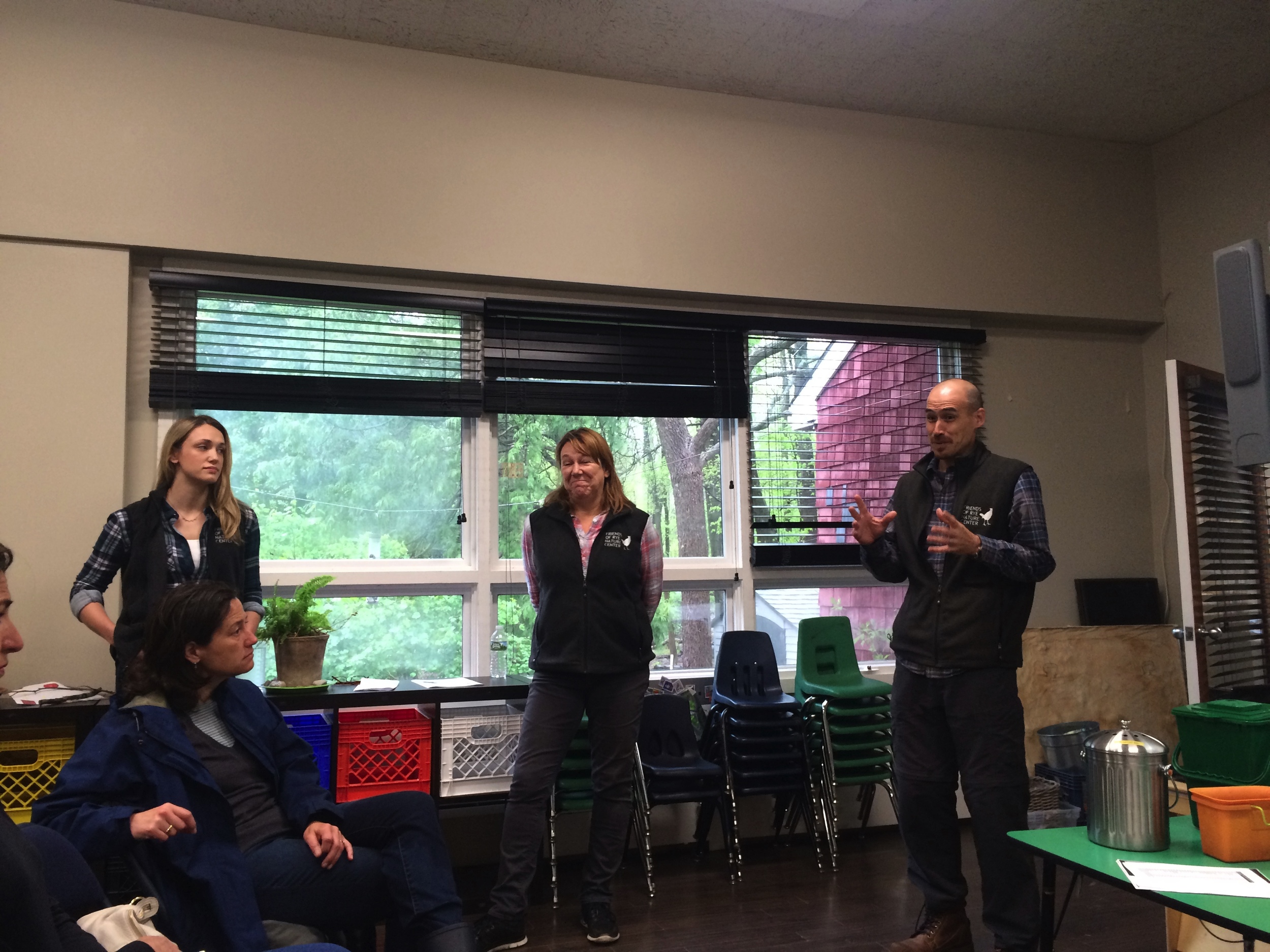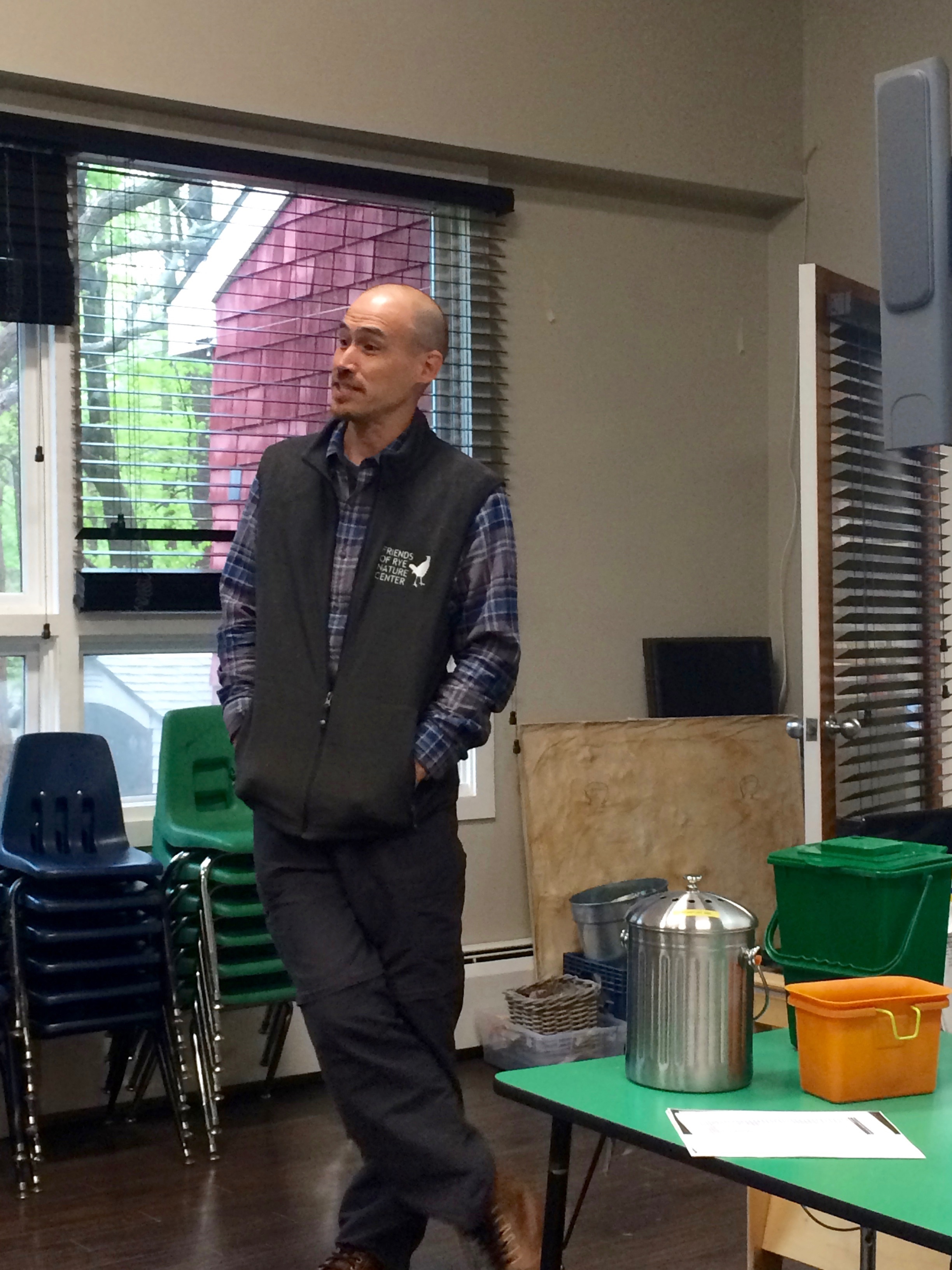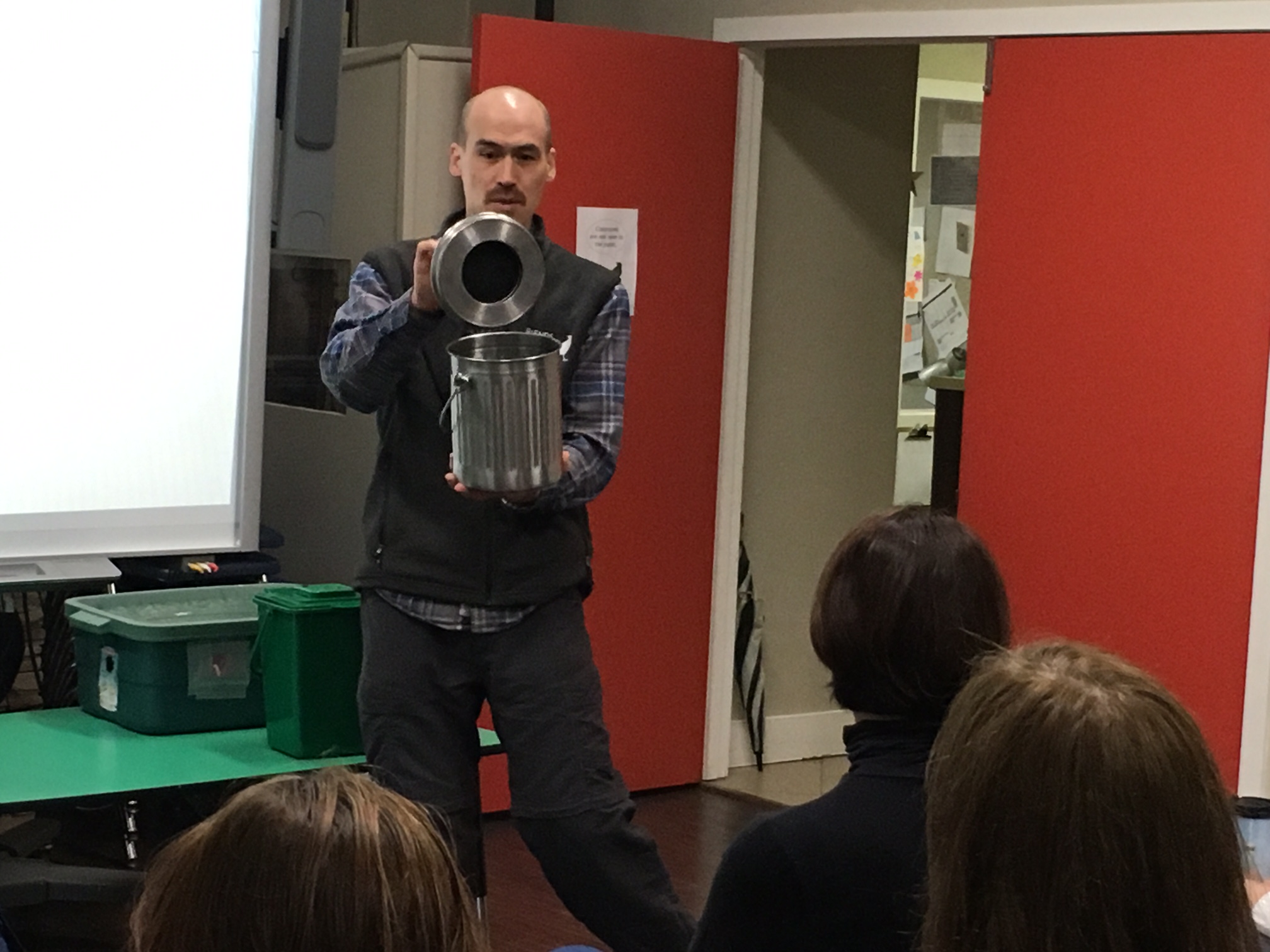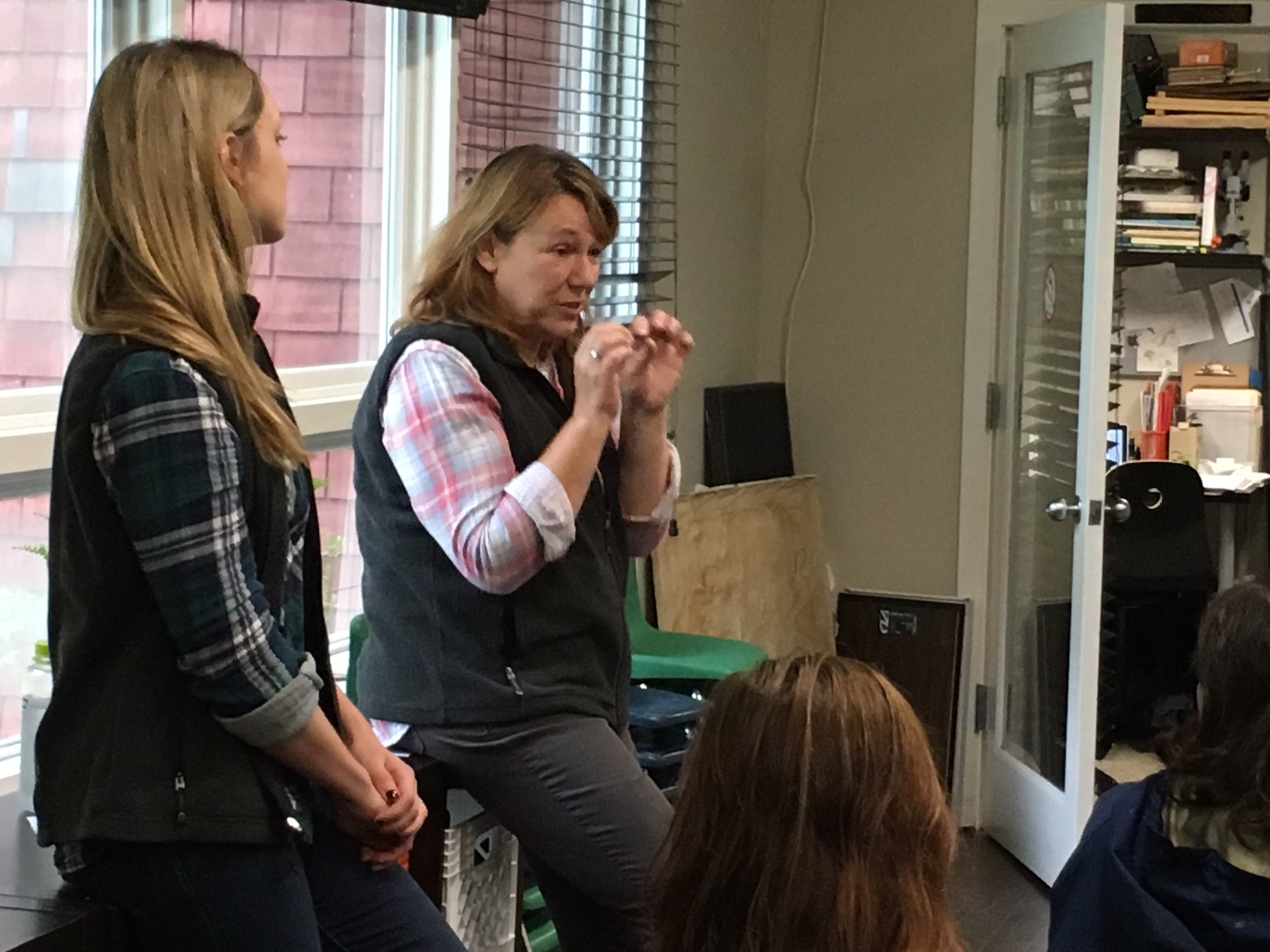Continuing the discussion about whether the City of Rye should adopt a healthy lawn policy for its public spaces, we took a look at New Jersey's municipalities to see if any have adopted a chemical-free policy. The Sustainable Jersey organization provides an excellent summary of those communities that have integrated healthy landscaping practices into their municipal operations. We reproduce their summaries below.
What do you think the City of Rye should do? Take the survey here!
Bernards Township: Integrated Pest Management Policy
In 2008, Bernards Township, NJ adopted an Integrated Pest Management Policy covering all township owned property. The policy utilizes organic lawn care practices allowing for the elimination of synthetic pesticides and synthetic fertilizer on all sports fields and key lawn areas, and it designates all parks as Pesticide Free Zones. The Board of Health supported the policy by passing Resolution BH 10:09 and the Board of Education followed with their own decision declaring that school lawns and sports fields shall be managed without lawn care pesticides. The Mayor, the Township Committee, the Board of Health, the Green Team, the Board of Education, and the Environmental Commission encourage all citizens to participate in this endeavor on their own property.
The township also provides extensive information for the public on their website. This site also has links to their brochure and to videos, training resources, news updates and resources for locating an organic lawn care specialist.
Additional information about the Integrated Pest Management Policy can be found on Sustainable Jersey's site here.
Bernards Township: Green Landscaping & Grounds Maintenance
Bernards Township has taken several actions to implement green landscaping and grounds maintenance. A mowing policy has reduced the mowing area of municipal lands by mulching, planting wildflowers, or allowing meadow growth instead of lawn. These areas contribute to a healthier ecosystem, and reduced mowing leads to reductions in greenhouse gas emissions from lawnmowers. Efforts have also been made to restore native vegetation to the landscape, encouraging biodiversity and resulting in lower maintenance needs. Stormwater is also managed by 150 detention basins, many on private property, that filter pollutants and recharge groundwater. (See http://www.bernards.org/boards_commissions/green_team/default.aspx).
Bernards Township has taken several actions to implement green landscaping and grounds maintenance. A mowing policy has reduced the mowing area of municipal lands by mulching, planting wildflowers, or allowing meadow growth instead of lawn. These areas contribute to a healthier ecosystem, and reduced mowing leads to reductions in greenhouse gas emissions from lawnmowers. Efforts have also been made to restore native vegetation to the landscape, encouraging biodiversity and resulting in lower maintenance needs. Stormwater is also managed by 150 detention basins, many on private property, that filter pollutants and recharge groundwater.
Additional information about Efficient Landscape Design practices can be found on Sustainable Jersey's site here.
Linwood
Linwood has adopted and implemented a Green Grounds and Maintenance Policy which was reviewed by the Director of Public Works, City Engineer, City Council members, and the City Clerk. The policy incorporates water saving techniques and procedures, native plantings usage, recycled products and materials usage, and natural and non-chemical applications among others.
Linwood's Green Grounds and Maintenance Policy can be seen here.
Additional information about the Green Grounds and Maintenance Policy can be found on Sustainable Jersey's site here.
